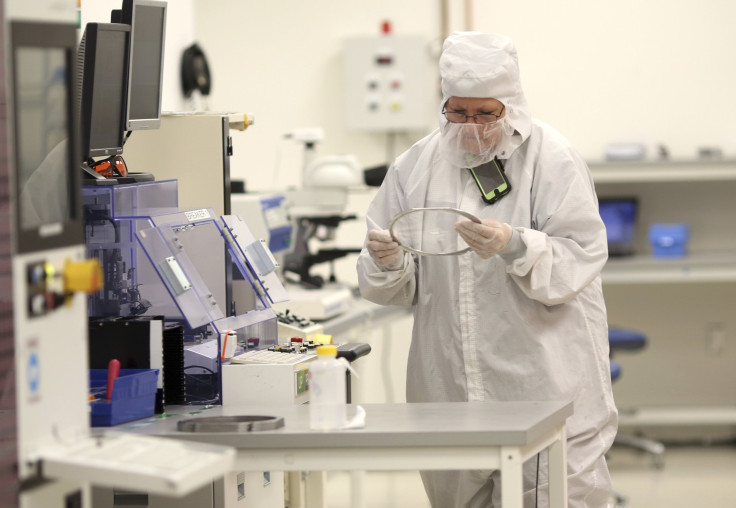Obama Administration's Plans To Boost Manufacturing Have A Long Way To Go

President Obama’s plan announced Monday to strengthen U.S. manufacturing hopes to create jobs, but the effort won't generate nearly enough to replace the more than 6 million positions that disappeared in the last decade and a half. The White House said NASA and the departments of Defense, Energy and Agriculture will invest more than $300 million in emerging technologies like bio-based materials and advanced sensors for manufacturing.
The investments, matched by private-sector funds, will drive advances like creating “new steel alloys that are twice as strong and lighter than today,” the White House said. As part of the effort, National Science Foundation will establish two manufacturing research hubs, the U.S. Department of Labor will launch a $100 million competition to award grants and fund apprenticeships in advanced manufacturing and the Department of Commerce will launch a $130 million competition to help small manufacturers adopt advanced technology.
In 2012, Obama set a goal of creating 1 million new manufacturing jobs before he leaves office, the industry still needs to add more than 800,000 jobs, according to the Bureau of Labor Statistics. That would lift manufacturing only to its January 2009 level.

The initiatives announced Monday are a continuation of Obama’s efforts to boost manufacturing employment and the overall economy. Since 2011, Obama has launched four “manufacturing innovation institutes” with plans for four more, allocated nearly $1 billion to community colleges to train students for advanced manufacturing jobs and increased federal funding for research in manufacturing technologies.
“The president deserves a lot of praise for investing in innovative apprenticeship programs and other efforts to boost the next wave of manufacturing technologies and careers,” Scott Paul, the president of industry group Alliance for American Manufacturing (AAM), said in a statement Monday.
Even after contracting sharply, U.S. manufacturing remains a world leader, second only to China in the total dollar value of goods produced. Unlike the low-end goods with thin profit margins manufactured in China, the expensive and complicated products made in American factories, like medical equipment and commercial aircraft, require specialized skills.
“Manufacturing is vital to our nation’s economic health and there should be an emphasis on the development of innovative, advanced manufacturing technology here in the U.S.,” said Joe Trauger, National Association of Manufacturers vice president of human resources policy.
© Copyright IBTimes 2024. All rights reserved.






















